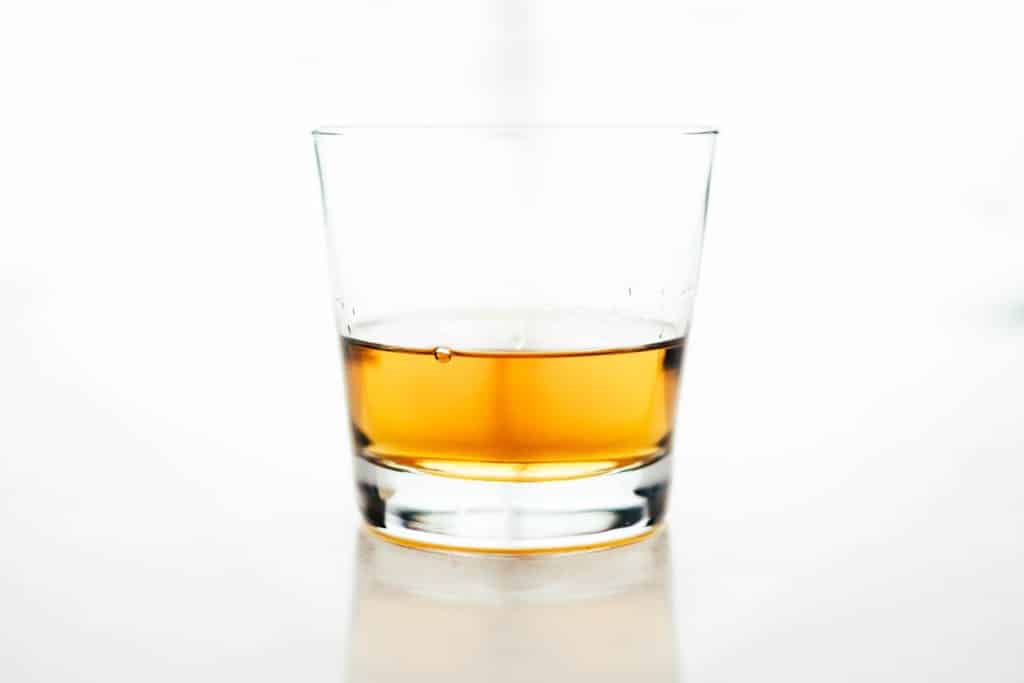By Brian J. Willoughby, Ph.D.
You’ve probably heard of pornography being equated to heroin or cocaine. When discussing the growing pornography problem prevalent among our youth, several non-profit groups and other commentators have become fond of this analogy. Such advocates of this model often point to neuroscience research that claims that pornography has the same effect on the brain as these powerful narcotics. Unfortunately, this analogy breaks down fairly quickly under closer inspection and common sense. After all, pornography is used by between 60-80% of our young adult and teenage population¹. If it truly acts like heroin or other similar narcotics, one could only imagine how quickly our society would break down into chaos. The fact that this analogy is easy to dismiss (and most science, neuroscience or otherwise actually doesn’t support it), makes it simple for those advocating for pornography use as “healthy” and “normal” to label those who use such an analogy as fanatics and delusional. Does that mean we should dismiss all substance analogies when we talk about the effect pornography use can have? I would suggest that there is an alternative analogy that we might use, one that more closely maps unto the science that I and my colleagues are doing. Pornography use is not like using heroin or cocaine or any other similar type drug, it’s like consuming alcohol. Let me suggest three ways why this analogy may make more sense.
1. Both pornography and alcohol have the potential to be addictive and lead to compulsive behavior.
The key word here is potential. Many people consume alcohol in social situations or in moderation and do not develop alcoholism. However, as a substance that changes brain chemistry, it is possible to develop compulsive behavior around alcohol use. When this happens, the effects can be devastating for the individual and family involved. The same can be said for pornography use. For some individuals, pornography use has the potential to develop into a compulsive pattern that will be associated with lying, an inability to maintain or form healthy relationships, and overall functional impairment (i.e. having a hard time at work and home with normal, daily tasks). While it doesn’t influence everyone that views pornography, it’s an important element of intervention and education.
2. Both pornography and alcohol use have damaging and long-lasting effects when used by minors and youth.
We have a minimum age limit on alcohol consumption for a reason. The brain and body of a minor is not prepared to process alcohol and doing so can have long-term harmful physical effects. Addictions form more easily and life trajectories can be permanently altered. As a society, we have put many barriers in place to attempt to prevent minors from accessing alcohol. In many ways, pornography use appears to operate the same way. Teenagers, with their developing brains and only emerging sense of how to make healthy decisions about sexuality, are likely uniquely vulnerable to the negative messages about sexuality depicted in pornography. A recent study done my research team
suggested that early exposure to pornography during the teenager years may have long-term impacts on life satisfaction rates through the 20’s. Yet, we currently have almost no regulation in place to prevent such use.

3. Both pornography and alcohol use have small but compounding negative effects over time
The exact effect of pornography use on individuals and couples is the topic of fierce debates among scholars and policy makers. Like many things, pornography seems to affect people in different ways based on the context and content of the use. However, what appears to be coming clear is that pornography likely shifts how one thinks about intimate relationships with others. Pornography appears to start to change someone’s perspective toward a view of sexuality that is more selfish and individualistic, a type of sexuality that is more prone to lead to dissatisfaction and relationship conflict down the road. The shift that occurs from each pornography viewing session is likely small but compounds over time as more and more pornography is consumed. Again, this is similar to alcohol. For those that consume alcohol in moderation, the body’s reaction to processing alcohol is still negative. Over time, even moderate drinkers may eventually find themselves dealing with negative health effects from their drinking. Like pornography, this effect is likely heavily dependent on context (drinking for celebration vs. drinking to deal with having a bad day) and content (a glass of red wine vs. hard liquor). While the user may not see or notice the negative effect after one, two, or even one hundred trips to the bar, over time the net effect on their life may be negative. Unlike the powerful and immediate impact one hit of heroin may have on a person’s health (not to mention the risk of overdose and death), both alcohol and pornography use can have more subtle negative effects over time.
Equating pornography to hard drugs is likely a disservice to those struggling with pornography and probably hurts our ability to educate our youth about the potential harms regular pornography viewing can have on their lives. If we are going to use an analogy, let’s use alcohol– one that better captures that negative influence pornography can have while being more accurate and true to the science that exist on this topic.
¹References





I was just thinking about this analogy the other day while talking with a friend about her father’s addiction to alcohol. She doesn’t drink alcohol because she sees how it has enslaved her father and sister. Our family seems more sensitive and not immune to the sexual jokes or the “not that bad” sex scenes in movies in the world today because of my husband’s addiction to pornography.
It definitely affects some different then others. Thank you for this perspective.
Thank you so much for sharing! It definitely does have different effects on everyone and we have to help people as individuals. Thanks for reading 🙂